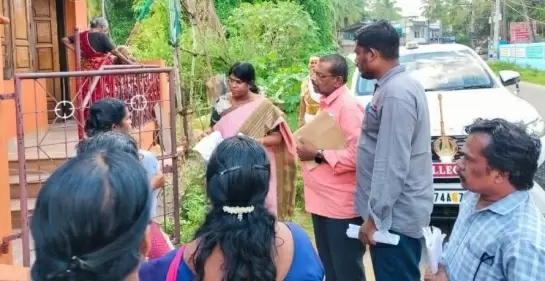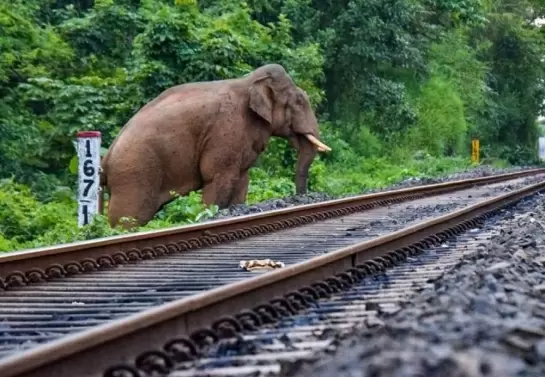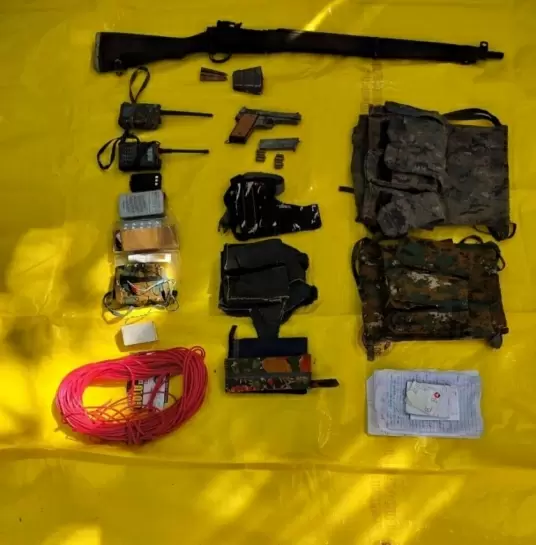Water Conservation Trenches Creating Green Villages in Rajasthan
21-October-2017
Vol 8 | Issue 43
Kishan Lal Ahir, a farmer in Ummedpura village of this district in southern Rajasthan, is a happy man today as he can sow two crops a year instead of the one he used to due to water scarcity.
The region has faced water problems for a long time. "The water level in our village used to fall below 50 feet. During summer months, most of the wells and the handpumps went dry and we remained dependent on the water tankers for our daily needs," Ahir told this visiting correspondent.
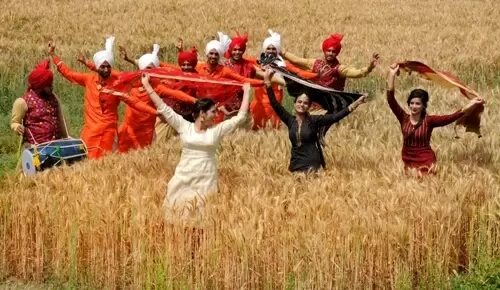 |
|
Water Conservation: By digging trenches and ponds in many places, rainwater is trapped and allowed to percolate into the ground. Farmers are now sowing twice a year in many villages in Rajasthan. (Photo: IANS - for representational purpose only)
|
Suresh Kumar, another farmer, said that due to lack of adequate water many of the villagers had sold their cattle as they could hardly get green fodder for them. "We used to grow only Kharif crop, but now we can produce Rabi crop too," he added.
How did a region notorious for scarcity of water become self-sufficient?
A combination of a scientific approach and ancient traditional practices have brought about a green cover in hundreds of villages across the region where life had become extremely difficult for farmers.
The change came about on the initiative taken by the state government under the Mukhyamantri Jal Swalamban Yojana (MJSA). Under the programme, UN consultant on conservation of water, T. Hanumantha Rao, and the Rajasthan River Basin and Water Resources Planning Authority came together to begin simple practices which brought about a sea change in drought-prone areas.
The programme involved digging up trenches or pits about two feet deep, 10 to 15 feet long and one-and-a-half feet wide in the hillocks surrounding the villages. Additionally, several ponds were dug near the villages to conserve water.
From the air, these hundreds of trenches look like a neat pattern of unlinked canals. But they have resulted in the water table rising to, in many places, a mere three feet under the surface.
Rainwater, which used to flow down from the hillocks into the villages used to wash away, leaving little for later use. But the trenches have ensured that water seeps into the ground in a controlled fashion and remains available throughout the year.
Additionally, to bind the soil and conserve water, thousands of saplings of local trees have been planted around the trenches and ponds.
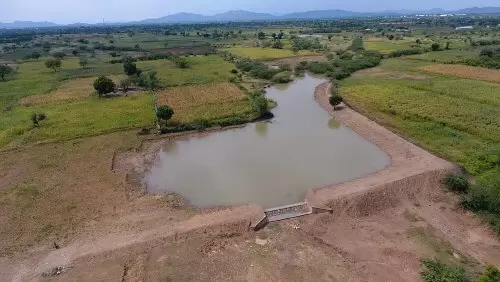 |
|
The water conservation trenches that are changing the face of Rajasthan villages
|
From the time the programme started in January 2016, greenery has sprouted everywhere in hundreds of villages, bringing in its wake some prosperity.
"There's no water or fodder problem now due to the conservation works in the hillocks," said Rakesh Reddy, the MJSA member in the river basin authority.
He said that earlier, when officials approached farmers to give a portion of their barren land in the hillocks and plain ground for the percolation pits and ponds, they pelted stones at them. "But now things have changed. After witnessing the revival of water-flow they approach us (to offer land)," he added.
This 12th century AD, Kakatiya-era chain-link-tank system was also adopted in Telangana with success. Under the programme, almost 7,500 villages in the state had benefited in two phases, impacting lives of almost ten million people, according to the Chairman of the river basin authority, Sriram Vedire. Over 225,000 water conservation structures have been set up in 20 months since the beginning of the programme.
"The state government has spent over Rs 3,000 crore in the first two phases of the scheme," Vedire said, adding that the government planned to cover 21,000 villages in four years of the programme."
Vedire said that the structures once built are not left alone to fall into disuse but a regular monitoring system has been put in place. "Geographic information system (GIS) technology was the backbone to properly implement the programme," he said.
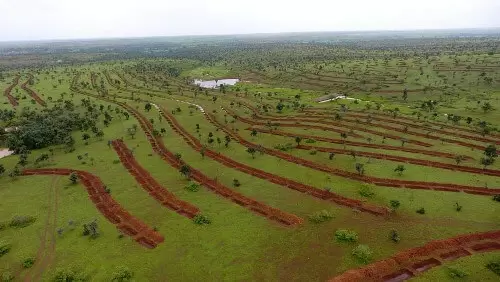 |
|
The availability of water has led to an increase in agricultural productivity in the region
|
Every trench or structure in the programme, he said, is geo-tagged, which allows detailed monitoring by officials throughout the year.
According to an assessment, the programme has resulted in additional collection of over 18,000 TCM (thousand cubic metres) of water in two phases.
Vedire said that, on an average, the irrigated area in the district increased by 4.64 per cent for Rabi crops while 12.49 per cent increase was noticed in crops which are locally grown, like maize, green gram (moong) or peanuts. "Its effect is visible in the productivity as the agricultural output increased by 18 to 25 per cent," he added.
Farmers like Kishan Lal Ahir and Suresh Kumar can now hope to participate in the natural bounty, instead of thinking about how to eke out an existence in a bleak world.
(Anand Singh visited Udaipur on an invitation by the Good Governance Cell of the BJP. He can be contacted at [email protected]) - IANS













